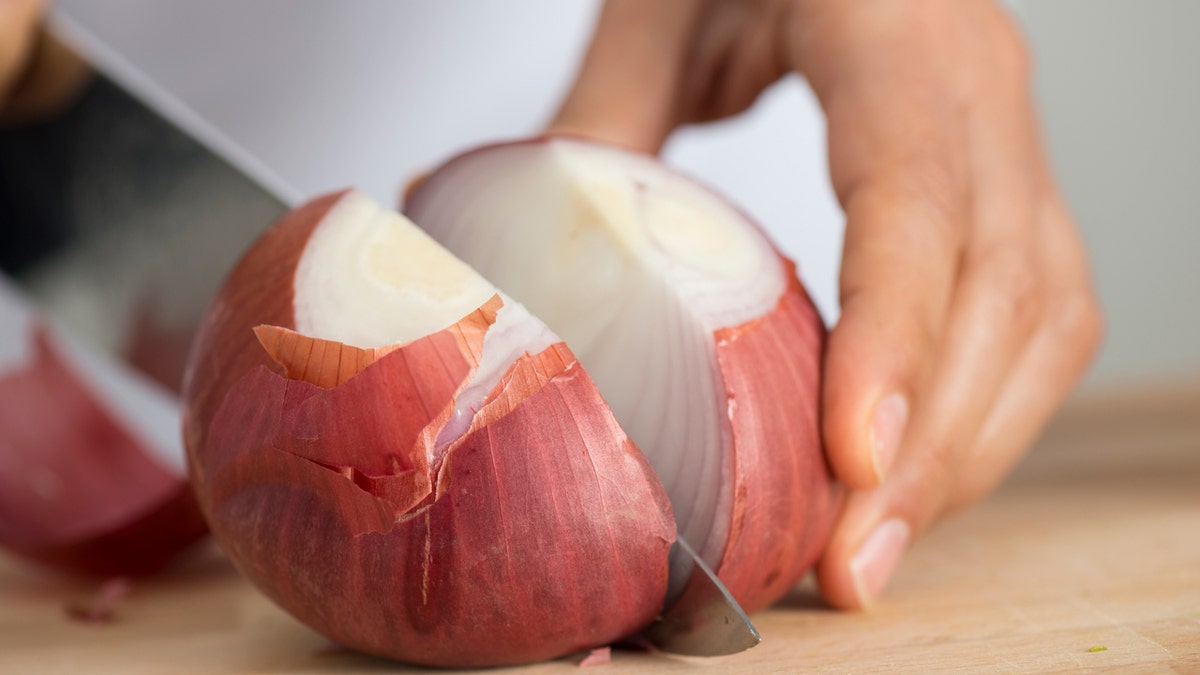A recent incident involving a raw hamburger patty landing on a car windshield at a McDonald's drive-thru highlighted concerns about food safety, especially following an E. coli outbreak linked to contaminated onions. The Centers for Disease Control and Prevention (CDC) confirmed that slivered onions served on McDonald's Quarter Pounder burgers were the likely source of the outbreak, which affected over 100 people across 14 states and tragically resulted in one fatality in Colorado. While the recalled onions are no longer in circulation, the incident raises questions about onion safety and how consumers can protect themselves.
Experts reassure the public that the recalled onions were primarily distributed to food service establishments and not likely found in grocery stores. When shopping for onions, consumers are advised to choose firm, unblemished onions and store them in a cool, dry location. Damaged areas on produce can harbor microbial growth and increase the risk of spoilage or pathogen multiplication.

Onions, like other fresh produce, can become contaminated with E. coli through exposure to contaminated water or soil during growing, harvesting, or processing. Contamination can also occur through improper handling or contact with unsanitary surfaces. Despite these risks, onions remain a nutritious food packed with vitamins, minerals, and dietary fiber. Their low-calorie count and high antioxidant content contribute to various health benefits, including reducing inflammation and supporting the immune system.

Cooking onions to an internal temperature of 165 degrees Fahrenheit effectively eliminates E. coli and other harmful bacteria. Therefore, cooked onions are generally considered safer to consume than raw onions. To minimize contamination risks, consumers should wash their hands thoroughly before and after handling onions and rinse raw onions under cold water before preparation. During busy periods like the holidays, when multiple people are involved in food preparation, designating a separate area for handling raw produce can help prevent cross-contamination.

By following these simple guidelines, individuals can enjoy the numerous health benefits of onions while minimizing the risk of E. coli contamination.
Comments(0)
Top Comments